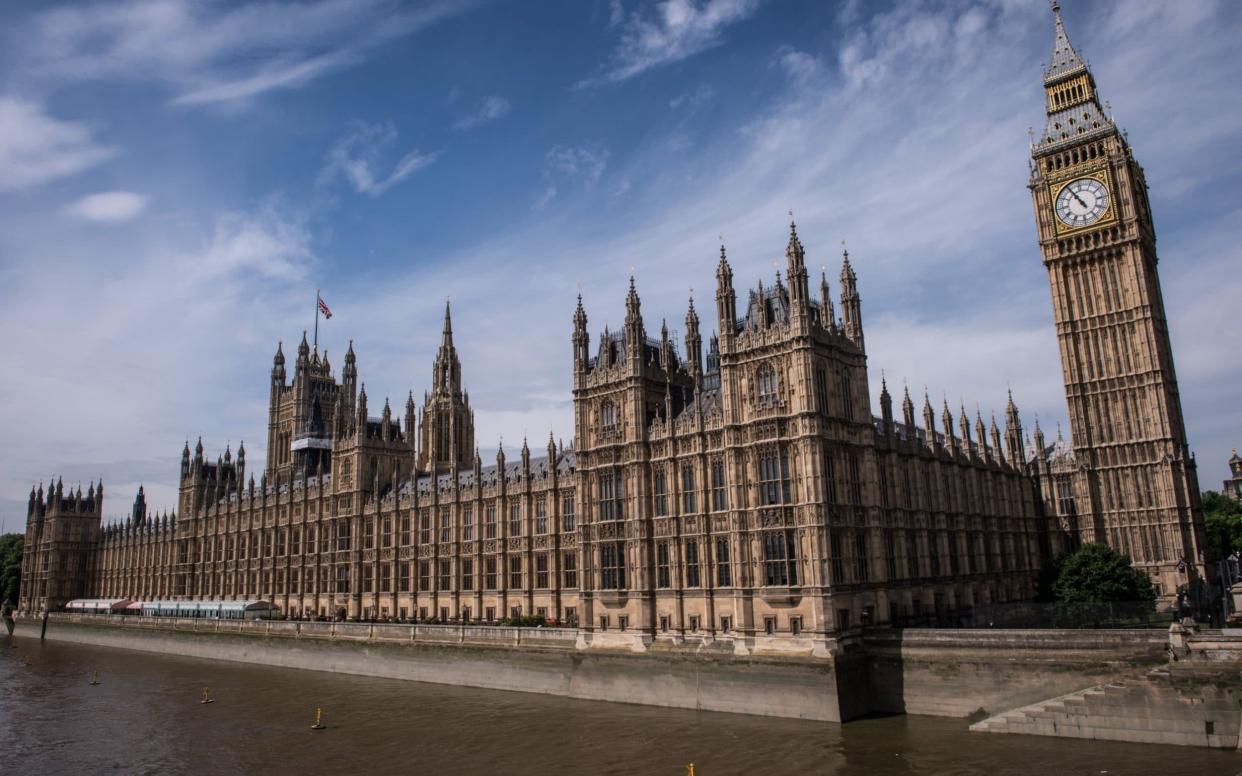Breaking boundaries

One reason for seeking to reduce the size of the House of Commons was to “cut the cost of politics” in the wake of the parliamentary expenses scandal. While in Opposition in 2009, David Cameron, the former prime minister, set out proposals to lower the number of MPs by 10 per cent from 650 to 585, saving an estimated £15 million.
In the event, the Coalition settled on a House comprising 600 MPs. The Boundary Commission was duly tasked with drawing up the new constituencies in time for the 2015 general election, only for the plan to be stymied by the Lib Dems.
The principal justification for slimming down the Commons is not financial but fairness, to ensure that every vote has equal weight
It is ironic, therefore, that nearly £10 million has been spent on this process and yet the goal is further away than ever. The failure of the Conservatives to win an outright majority in June has almost certainly put paid to any chance of the next election being contested on revised boundaries for a smaller House.
Despite this, cutting the size of the Commons remains government policy and the Boundary Commission continues with its work, as it is required to by statute.
Today it publishes the latest constituency map for England, updated in response to objections lodged to the last one. The aim is for the new boundaries to be agreed by a vote in the Commons this time next year; but most MPs doubt there will be a majority for the plan, rendering the painstaking work of the commission worthless.
This would be a mistake.
To have two of the world’s top five most populous chambers suggests we are overgoverned from the centre
The principal justification for slimming down the Commons is not financial but fairness, to ensure that every vote has equal weight. Yet some parliamentary constituencies are much bigger than others because boundaries have failed to keep up with migration from the towns into the countryside.
This has favoured the Labour Party whose MPs can, on average, be elected with fewer votes than Conservatives.
The aim of the boundaries exercise is to ensure that every constituency has roughly around 75,000 voters. Not only would this be fair, but a legislature of 600 MPs is large enough. Indeed, around the world only a handful are bigger: China’s, North Korea’s, the European Parliament and the House of Lords.
To have two of the world’s top five most populous chambers suggests we are overgoverned from the centre. In the end, party political considerations and MPs jealously guarding their fiefdoms will probably kill off the plan, to the detriment of the national interest.

 Yahoo News
Yahoo News 
